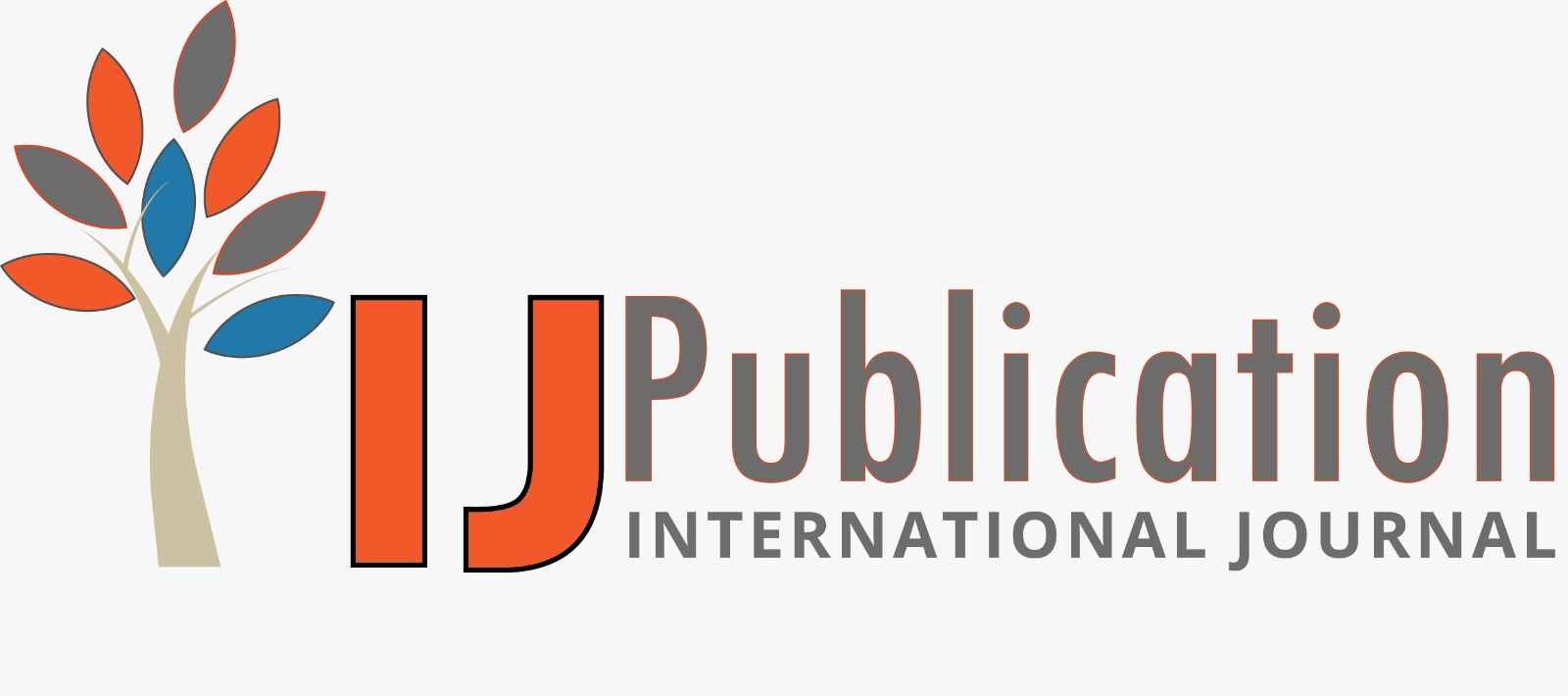Suman Kalyan Nath Reviewer
 Approved
Approved
Relevance and Originality
This paper addresses a critical and timely transformation in the medical device sector, where the role of data governance is expanding far beyond regulatory compliance. With MIC becoming increasingly intricate and digital innovation accelerating across the sector, the study’s framing of data as a strategic lever is both relevant and forward-thinking. What sets it apart is its recognition that regulatory frameworks and market innovation can coexist through robust governance models, enabling organizations to turn compliance mechanisms into engines of product differentiation and competitive agility.
Methodology
Though the abstract doesn’t offer direct insight into the methodological framework, its structure implies a systems-oriented model grounded in policy, infrastructure, and lifecycle alignment. The integration of governance pillars—structured roles, process controls, and enabling technologies—suggests a design rooted in real-world manufacturing and QMS-driven contexts. A thorough methodology here would likely rely on industry-informed modeling or comparative analysis across data maturity stages, possibly referencing digital transformation frameworks that align with ISO 13485, 21 CFR Part 11, or EU MDR standards.
Validity & Reliability
The proposed outcomes—streamlined development, enhanced clinical data, and smarter manufacturing—align well with industry KPIs, but the abstract would benefit from clearer indicators of validation. Demonstrating improvements through metrics like reduced time-to-market, audit success rates, or data availability across lifecycle systems would improve credibility. However, by anchoring the governance model in both regulatory frameworks and modern digital tools like blockchain and AI, the work appears structurally sound and likely generalizable across global medtech environments.
Clarity and Structure
The abstract communicates complex ideas clearly and effectively, moving seamlessly from industry context to proposed solutions and strategic outcomes. Terminology such as “governed data,” “strategic asset,” and “innovation enabler” is used with purpose, reflecting the vocabulary familiar to regulatory, technical, and leadership stakeholders. The flow is logical, but additional elaboration on the practical execution—such as role accountability within cross-functional teams or governance layers across device lifecycle phases—would add operational depth.
Result Analysis
The shift from compliance-centric models to innovation-led governance is tied directly to high-value applications like digital twins, personalized medicine, and predictive maintenance—all increasingly central to modern QMS and connected device strategies. These examples reflect current trends in medtech digitization and show how effective governance can unlock new operational capabilities while staying aligned with MIC expectations.












Suman Kalyan Nath Reviewer